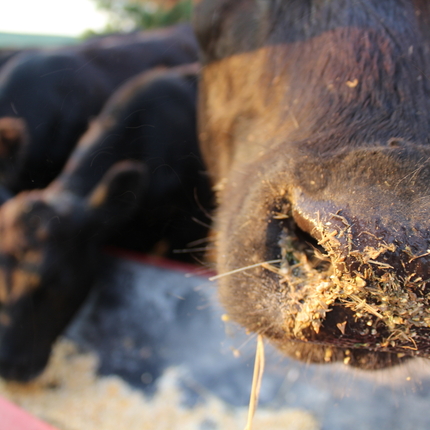By Roz Brown, Public News Service (IA)
The U.S. Department of Agriculture soon will release new regulations that livestock and poultry producers hope will better protect them from what they see as unfair competition in the highly consolidated meatpacking industry.
The Packers and Stockyards Act was enacted by Congress nearly 100 years ago, but some experts say it hasn't been effectively enforced. Joe Maxwell, executive director of the Organization for Competitive Markets, said small and mid-size producers need rules to help level the playing field with the large-scale meatpacking companies.
"Congress acted in 2008, in the farm bill of 2008, and said, 'USDA, you have to clarify these undue preference and these issues,'" he said, "and here we are, 11 years later, still trying to get the protections that Congress mandated."
Maxwell said four U.S,. companies control 82 percent of the beef market, 68 percent of pork and 60 percent of the poultry market, allowing them to keep farmers' profits below the cost of production - and even to retaliate by refusing to buy their product.
A public comment period will begin after the proposed regulations are released by the USDA.
Under the current rules, said Anna Johnson, senior policy associate with the Center for Rural Affairs, farmers face an insurmountable challenge if they go to court against a meatpacking company they believe hasn't compensated them fairly for their livestock or poultry.
"In order for the producer to prove that they were harmed under the contract," she said, "they actually have to show that the company's actions harmed not only them and their operation, but also harmed competition broadly for the whole sector, which is generally an impossible standard."
Incomes for farmers have slumped in the past five years, while the costs of feed, seed, fertilizer, fuel and machinery have increased - and tariffs on ag exports have created more difficulties. The Department of Commerce has said personal income for farmers dropped in the first quarter of this year by the largest rate in three years.





